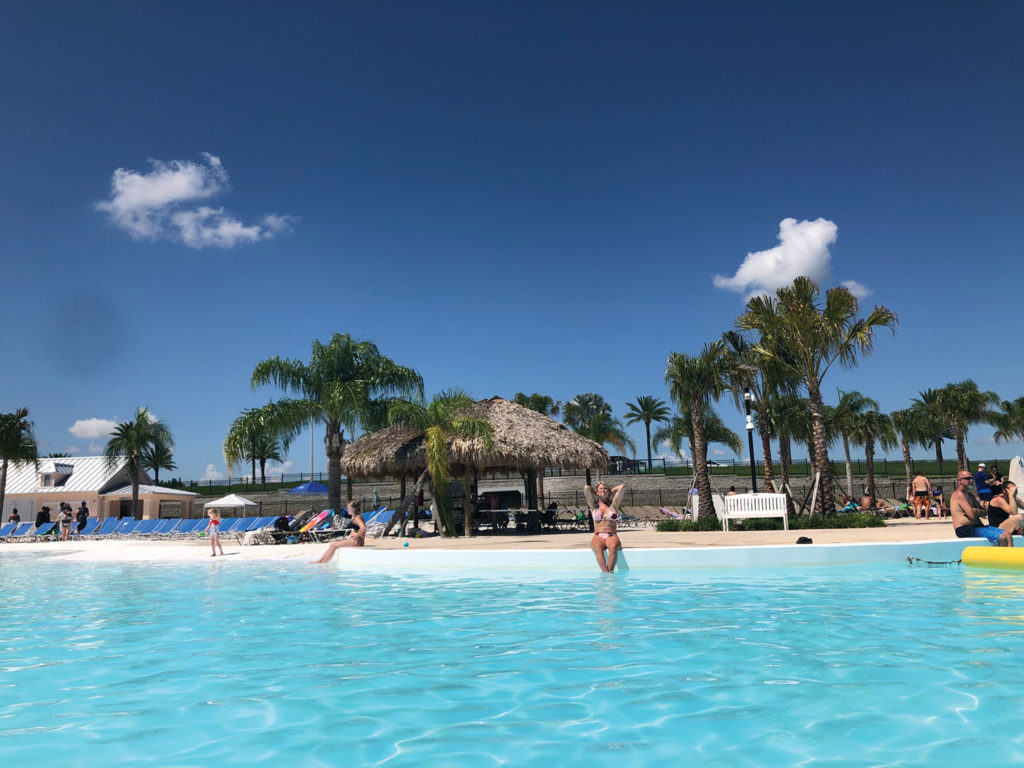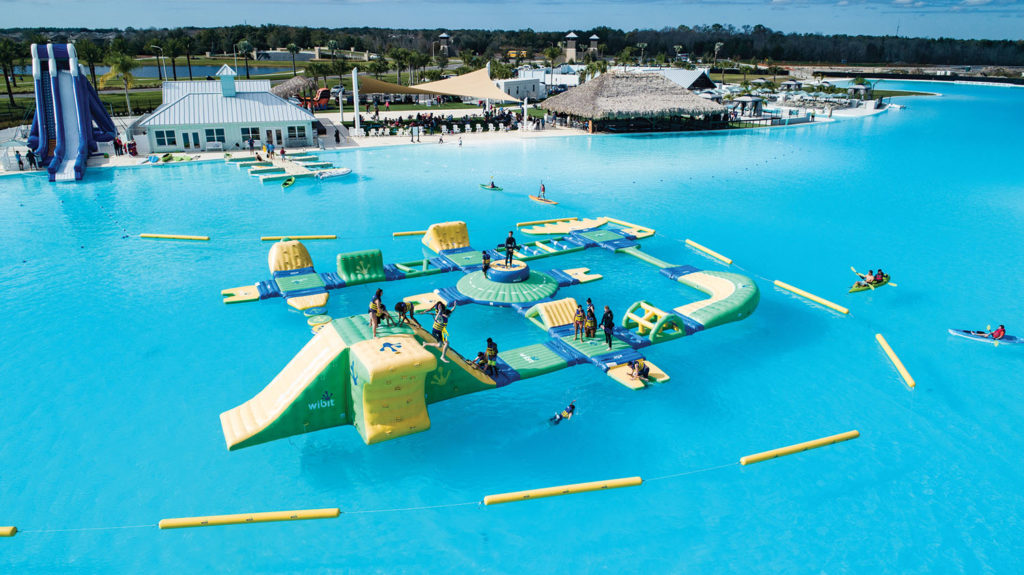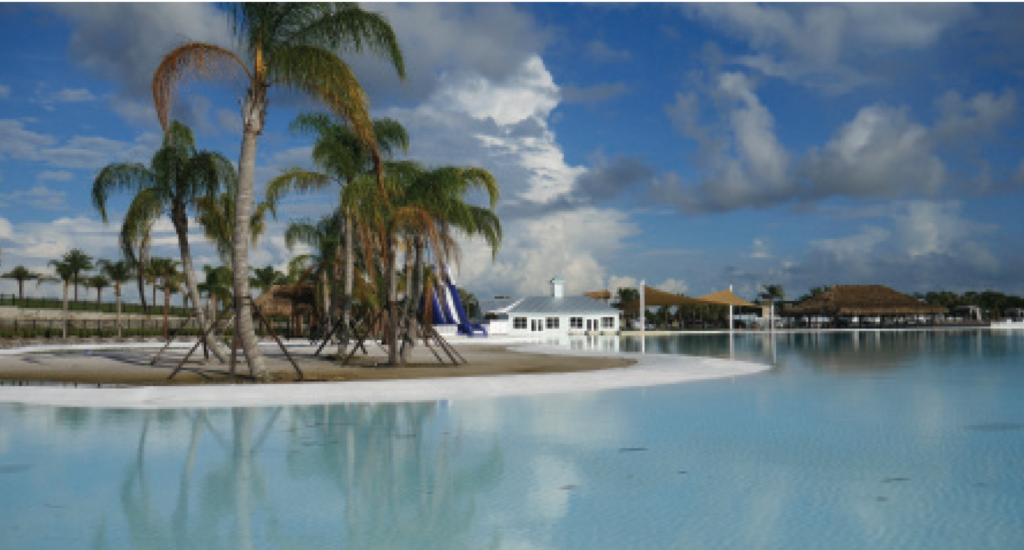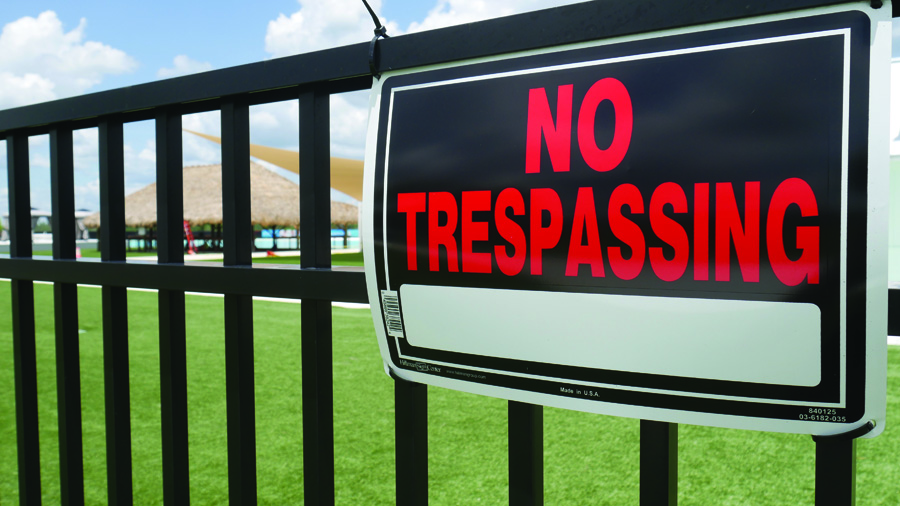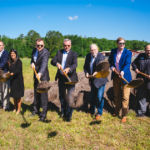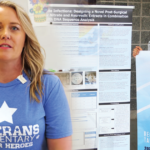Since opening its gates to the public, the Crystal Lagoons® amenity at Epperson Ranch has been a hot topic in and around Wesley Chapel. Depending upon who you listen to,
One of the most asked — if not the most asked — questions in Wesley Chapel has an answer, and it is yes. Or more accurately: YES! The Crystal Lagoons®
Metro Development Group says its widely-anticipated, first-of-its-kind in the U.S. Crystal Lagoons® amenity should finally be available to residents of the Epperson community in August, although work will continue through
After years of anticipation and months of positive press clippings, the country’s first community to be home to a Crystal Lagoons® amenity in Epperson, is facing choppy, albeit crystal clear,
If the Greater Wesley Chapel Chamber of Commerce (WCCC) was looking for someone to end its 2017 series of Economic Development Briefings with a bright, energetic look to the future,

